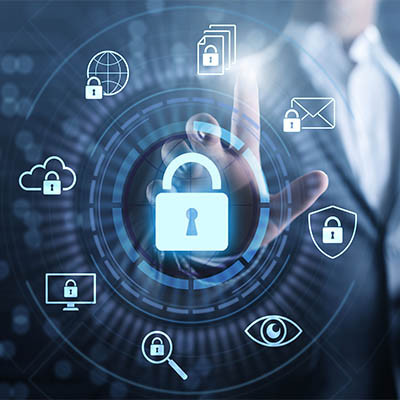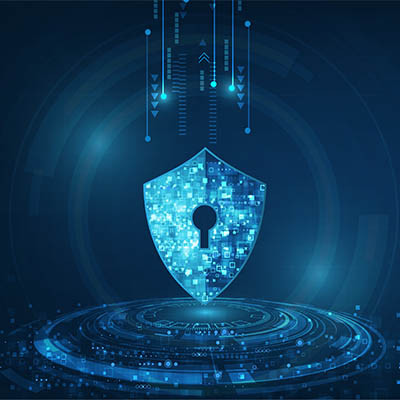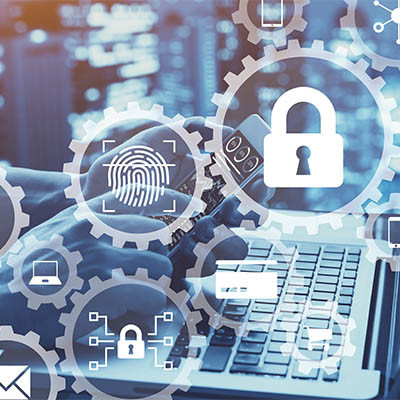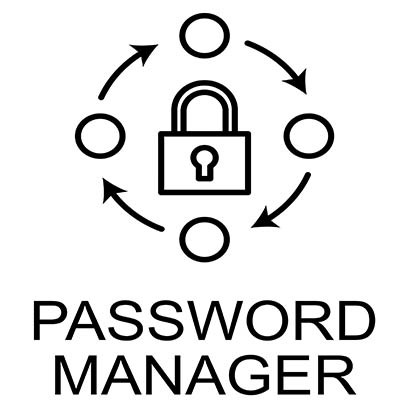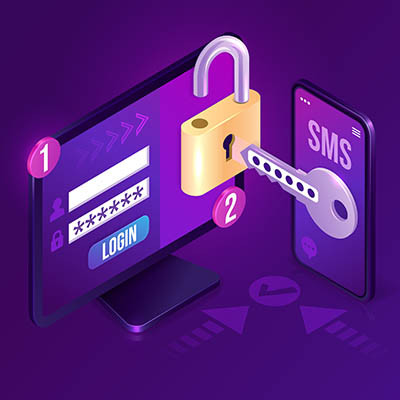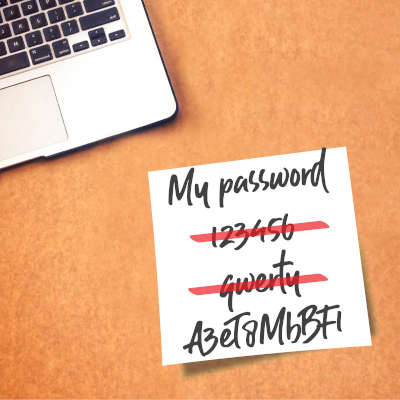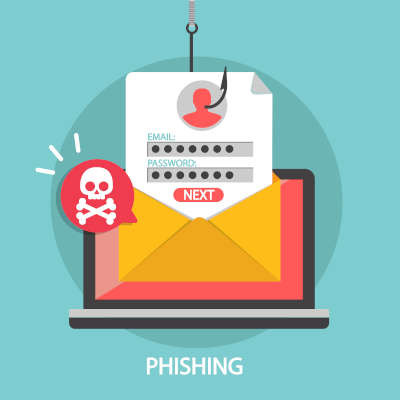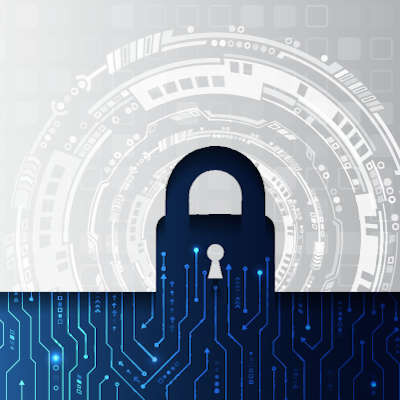Ferrum Technology Services Blog
Unfortunate as it might be, one single solution is not going to eliminate any and all of your cybersecurity woes. That said, there are plenty of ways that you can mitigate the majority of threats and minimize their chances of success. One of the best ways is to construct a culture of cybersecurity awareness within your organization that encompasses all employees, including upper-level management and the C-suite. Here are 11 ways that you can build up an enduring culture of cybersecurity awareness for your business.
The past year has been tough on businesses, if only because of how unpredictable everything has been. As far as network security goes, however, most of the threats that were plaguing companies before the pandemic are the same ones that IT administrators are dealing with today. Curiously, it seems that a week can’t go by without a major data breach. Why is this happening? Simply put, the fundamentals of security management are being neglected. Let’s take a look at three practices that need to be followed in order to keep your organization from being a victim of a scam or cyberattack.
There are a lot of threats out on the Internet, and the good news is that many of them have absolutely no chance to threaten your business. The problem is that it only takes one to really put your business at a major disadvantage. One threat is all it takes to lock down your files and hold them for ransom. One threat is all it takes to corrupt your databases. One threat, if it got bad enough, could conceivably end your business.
Do you use different passwords on every account you’ve created? Are these passwords sufficiently complex? Chances are at some point you have repeated at least one password. Remembering 35 different logins for 35 different applications is hard enough, so it’s not surprising that the majority of people will use the same password for many applications. Bad password practices are all too common. So, how can you fix this?
Regardless of how airtight your organization’s password policies are, relying on passwords as your exclusive security measure just isn’t enough to resist some of today’s threats. This is why we—along with most other industry and security experts—recommend that two-factor authentication (2FA) be put into place. Let’s review some of the options available for your 2FA, and the added security it can introduce, for this week’s tip.
In today’s business, your data is your number one asset. For this reason it is important that you take steps to protect it. One case that accentuates this is the case of Xiaorong You, which is currently playing out in a Tennessee court. The accused is charged with stealing trade secrets and committing corporate espionage, as she is accused of allegedly stealing almost $120 million worth of BPA-free technologies from several companies, among them the Eastman Chemical Company and Coca-Cola.
Small and medium-sized businesses have been playing catchup for over a decade when it comes to getting the physical security solutions that larger companies utilize. Fortunately, the gap has shrunk in recent years. Today, we thought we would outline the need for these tools and the physical security solutions that your business should be using to protect your assets.
For many businesses, email plays a crucial role in the dissemination of information. Whether it is simply interacting with clients or pushing directions to individuals, email is a simple and efficient way to communicate. One problem that organizations are running into is that individuals are being inundated with social engineering messages called phishing. This strategy is causing major operational problems for businesses, from malware to data breaches to extended downtime. Let’s identify what exactly phishing is and how it is used to the detriment of many businesses and other organizations.
We will never pass up the opportunity to draw attention to the importance of cybersecurity awareness, as it is a crucial element for any business to consider. One serious issue that has caused significant stress amongst businesses is phishing. Let’s consider some recent statistics to evaluate where we stand right now, specifically in terms of the prevalence of phishing attacks.
Cyberattacks have been carried out by nations for decades, but for whatever reason, our minds still build the hoodie-wearing cyberpunk sitting at a laptop in a dimly-lit room. This often isn’t the case. Today, we thought we would shine a light on state-sponsored hacking, starting with the attack carried out recently against the U.S.-based cybersecurity company FireEye.
Passwords are effectively the cornerstone of your business’ data security—if they aren’t up to muster, your protections could crumble. Unfortunately, many users shortchange their passwords to try to make them more convenient, also making them more convenient for cybercriminals. Let’s see how we could (and should) make passwords as effective as possible.
During the COVID-19 pandemic there have been quite a few different types of scams. At first, most of the scams centered around economic relief money that was doled out to people to help prop up the fledgling economy. More recently however, scammers have focused on vaccines. Today, we will take a closer look at some of these scams, as they are growing in sophistication.
While phishing awareness is an important practice to teach to a business’ employees, some methods are better than others, as GoDaddy—the domain registrar and web-hosting company notorious for its run of risqué ads—is learning the hard way. On December 14, GoDaddy’s employees received an email that seemed to be a holiday bonus from the company… only to find out (the hard way) that it was a phishing test that their employer had run.
We’ve become aware of a concerning phenomenon: the perception that a business that has already been targeted by a cyberattack, won’t be attacked again. We here to tell you that this is decidedly not the case—in fact, according to cybersecurity solutions provider Crowdstrike, there’s a 68 percent chance a targeted business will see another attack within a year.
There has been a massive increase in online shopping since the start of 2020 and it is important that consumers do their best to understand the potential security risks associated with ecommerce, and how to navigate around them. This month, we discuss some of the best practices that consumers can follow when shopping online.
The holidays are a great time to give technology to your loved ones. One of the most popular smart devices for each of the past few years is the smart watch. While they are extremely useful and make great gifts, they may have an effect on an organization’s cybersecurity. Let’s take a look at some of the possible threats smartwatches may present for IT administrators.
Despite all the attention we try to direct toward cybercrime and awareness of the risks out there today, hacks and scams are still impacting businesses. With so many professional duties and activities carried out online, your business’ cybersecurity needs to be considered paramount. Here, we’ve listed six things to prioritize in your business to help protect it from such activities.

